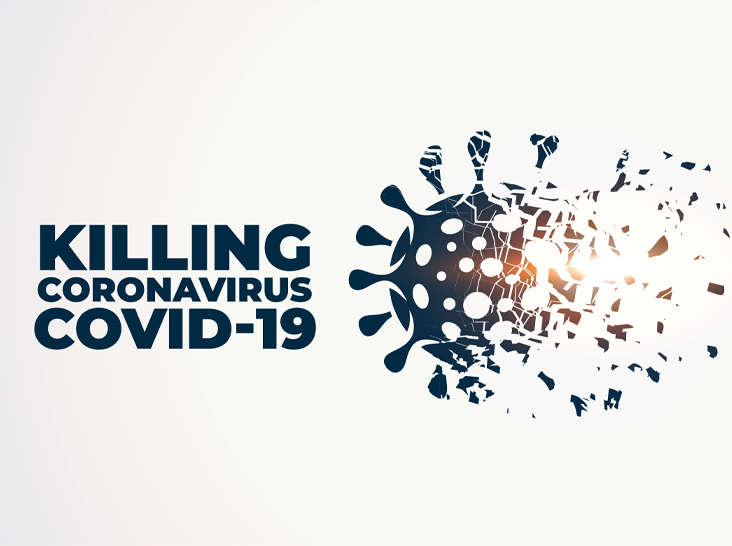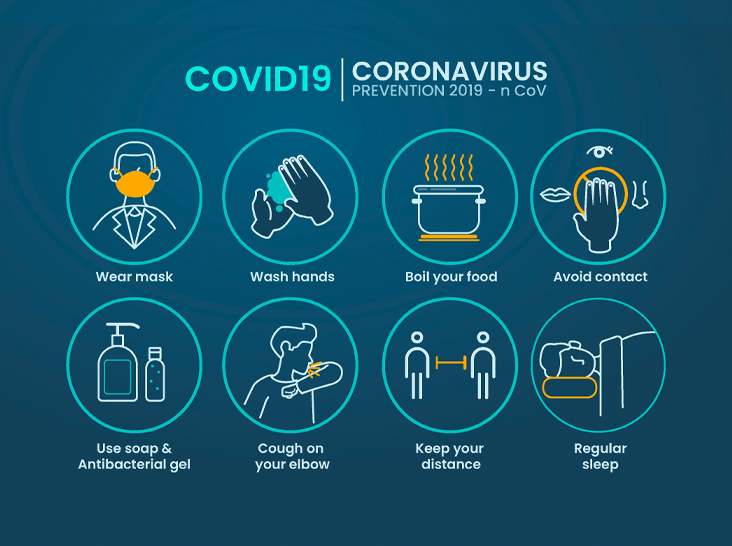INTRODUCTION:
Coronavirus disease 2019 (COVID-19) is an acute respiratory infection caused by severe acute respiratory syndrome coronavirus 2 (SARS-CoV-2). Coronaviruses are a large family of enveloped RNA viruses, some of which cause illness in people and others that circulate among mammals and birds.
Rarely, animal coronaviruses can spread to humans and subsequently spread between humans.
It is thought that human transmission occurs via respiratory droplets produced when a person sneezes or coughs. Current estimates of the incubation period range from 1 to 14 days, according to the World Health Organization. The average incubation period is currently estimated to be 5 days. Transmission can occur during the incubation period. The most common clinical presentation is that of respiratory infection with a symptom severity ranging from a mild common cold-like illness (estimated 80% of cases) to severe viral pneumonia leading to acute respiratory distress syndrome that is potentially fatal.
WHO first declared COVID-19 to be a public health emergency of international concern on 30 January 2020 and subsequently declared it a pandemic on 11 March 2020.
The first confirmed case in Kenya was reported on 13th March 2020.
The numbers have increased and just as in the developed countries, our healthcare infrastructure is overstretched. Healthcare facilities are no longer able to handle the numbers. We are in desperate times where a bed in the ward is now a luxury. ICUs are full; doctors are at risk and worse still no cure in sight.
The situation is slowly getting out of hand. As the world is grappling with finding a solution to this invisible enemy, we as an individual, all have our role to play in curbing the virus.
What is Expected of You as an Individual?
Who is at greater risk of getting COVID 19?
Precaution Measures against COVID 19.
Measures to take in case you test Positive or if you have the symptoms but cannot be tested
What to do if you are at high Risk
What to use to Relieve Symptoms
When to seek medical Help
Let us all take the recommended precautions and save the world from this killer disease. We can make it.
Source: Harley’s Digital Marketing &
Idah Muthama – VitabioticsKe


